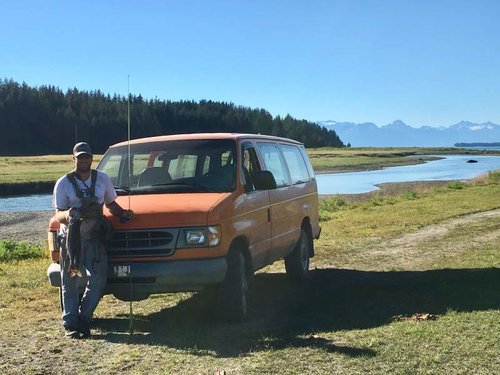Ttannahill14
Active member
Alright headed to steamboat to snowboard in 3 weeks and going to skip a couple days on the mountain and go flyfish instead(have you seen the prices for lift tickets!?!?!). This will be my 3rd trip to fly fish for trout and he first two I didn’t catch a fish. I’ve read all the articles and watched videos to try and teach myself. Never had a guide, never had a mentor, just figuring it out.
When I was in Alaska over the summer I caught salmon left and right on a fly rod. So not quite sure what I’m doing wrong for trout. That was DIY as well.
I’ll stop by the fly shop before hand to get some recommended flies...
...anything else I’m missing!? What’s your 1 thing you would tell a newbie flyfisherman to catch a single trout!
Pic of a quick morning in Alaska! I gotta get back!

When I was in Alaska over the summer I caught salmon left and right on a fly rod. So not quite sure what I’m doing wrong for trout. That was DIY as well.
I’ll stop by the fly shop before hand to get some recommended flies...
...anything else I’m missing!? What’s your 1 thing you would tell a newbie flyfisherman to catch a single trout!
Pic of a quick morning in Alaska! I gotta get back!




